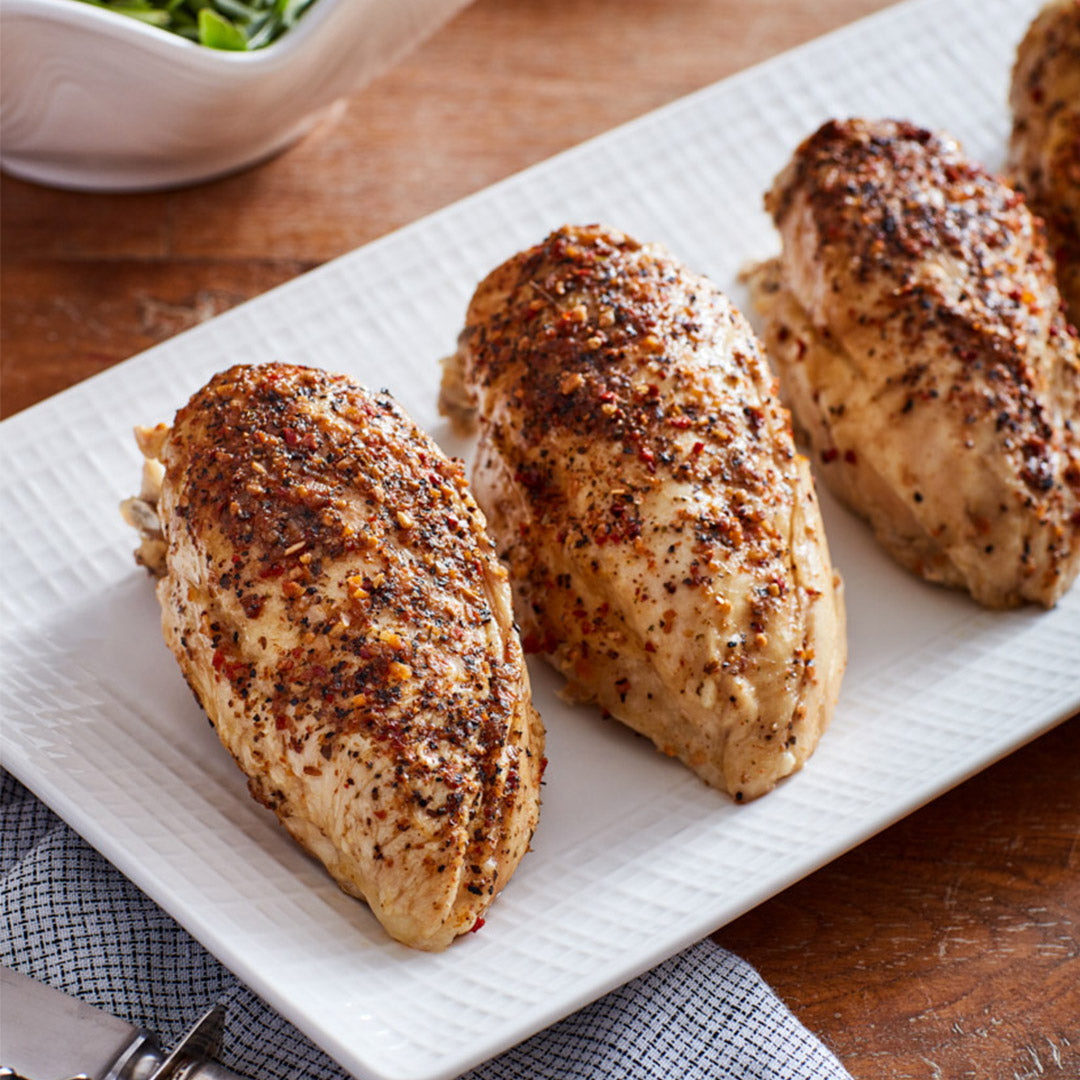30-60 min6 servingsAmerican
Road Map: Bone-In Chicken Breasts
By Bruce Weinstein and Mark Scarbrough
6 servings
30-60 min
Easy


In this duo, Bruce Weinstein is the chef and Mark Scarbrough, the writer. Together, they’ve published over 35 cookbooks, hit international best-seller lists, won national and international awards, and have been interviewed by the best, from Lester Holt to Barbara Walters. Weinstein also writes knitting books, designs patterns, and teaches knitting workshops. Besides writing their cookbooks, Scarbrough also teaches literature classes; has a podcast called Walking With Dante, where he takes you on journey from hell to paradise; and has written a memoir, BOOKMARKED: HOW THE GREAT WORKS OF WESTERN LITERATURE F*CKED UP MY LIFE.
View All Bruce's Recipes
Your cart is currently empty.